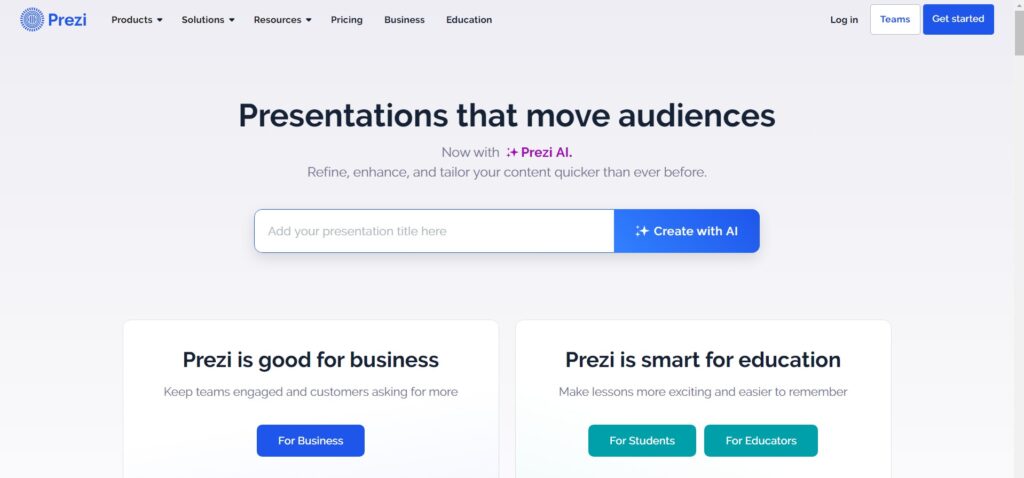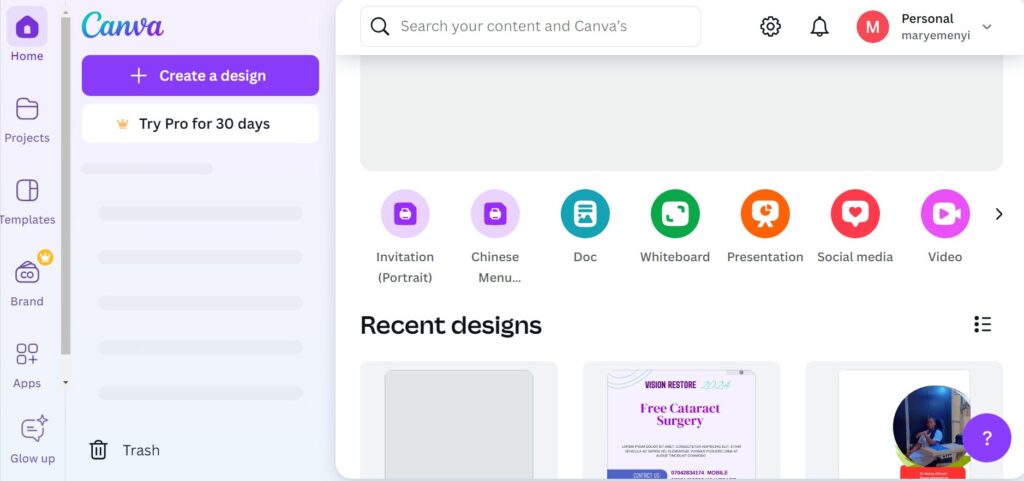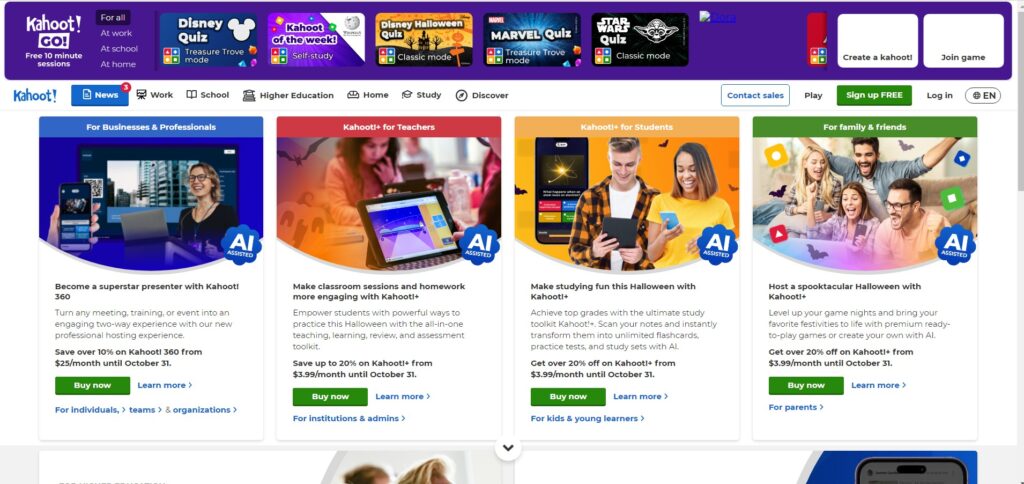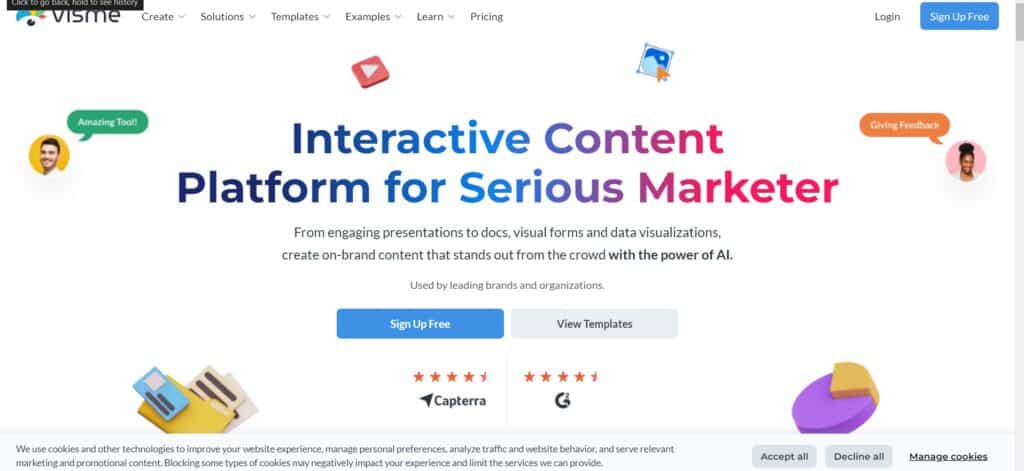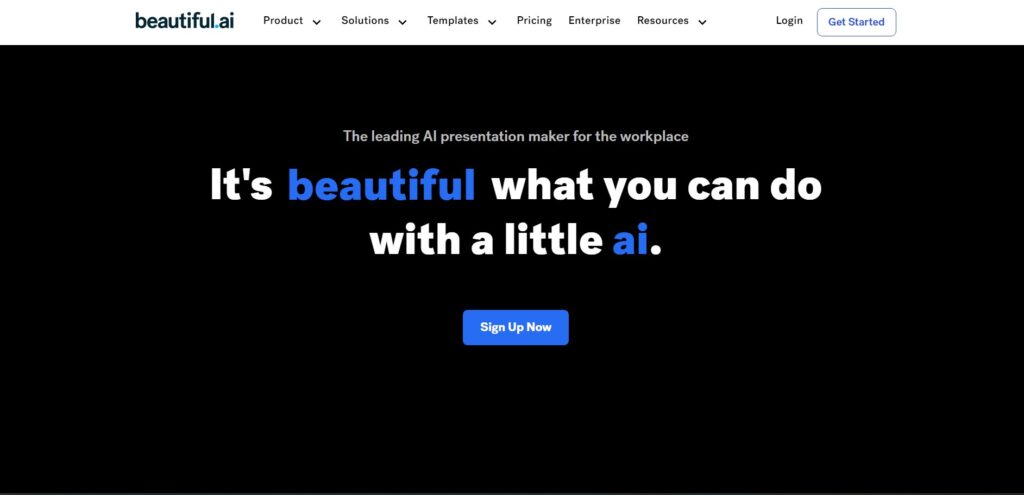Public Speaking AI Tools
14 popular Public Speaking AI Tools for high audience engagement.
As someone who is passionate about the intersection of technology and communication, I’ve seen firsthand how these tools can transform the way we share information and connect with audiences.
From AI-driven voice assistants that help us manage our daily tasks to advanced text-to-speech software that brings written content to life, the applications are vast and varied.
In this article, I invite you to explore the fascinating world of speaking AI tools. Together, we’ll delve into how they work, their diverse applications, and the myriad benefits they offer.
Let’s embark on this journey to discover how speaking AI tools are shaping the future of communication and making our interactions more human-like and engaging than ever before!
1. Speechelo
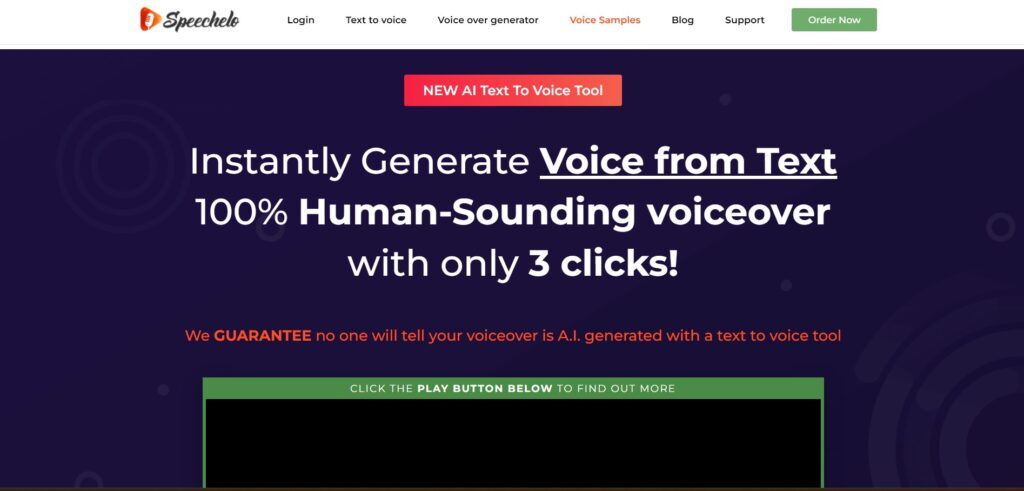
Use Cases:
- Multilingual Presentations: Speakers can deliver content in different languages to cater to diverse audiences.
- Voice Modulation: Presenters can adjust tone and speed to match the mood of the presentation, enhancing engagement.
- Accessible Content: Audio versions of presentations can be provided for audiences with visual impairments.
- Podcasting: Speakers can use Speechelo to create high-quality audio content for podcasts.
- Training Materials: Organizations can generate engaging training videos that include voiceovers for learning purposes.
2. Prezi
Prezi is an interactive presentation platform that allows users to create visually engaging presentations. Its AI features help in enhancing the storytelling aspect of presentations by suggesting layouts and designs based on the content provided.
Use Cases:
- Dynamic Presentations: Presenters can create non-linear presentations that allow for smooth navigation and audience participation.
- Visual Storytelling: The AI can recommend images and graphics that enhance the narrative, making presentations more memorable.
- Real-Time Collaboration: Teams can work together to design and edit presentations, improving overall quality.
- Audience Analytics: Presenters can track audience engagement through metrics provided by Prezi.
- Branding Consistency: The tool helps maintain branding throughout presentations with templates and design suggestions.
3. Otter.ai
Otter.ai is an AI-powered transcription tool that converts spoken words into text in real-time. This tool is particularly useful for speakers who want to ensure their key points are captured and can be shared later.
Use Cases:
- Live Transcriptions: Audiences can read along with the presentation, improving comprehension and retention.
- Meeting Summaries: Speakers can provide attendees with summaries of key discussion points after the presentation.
- Accessibility: Real-time captions make presentations more accessible for hearing-impaired audiences.
- Content Creation: Transcriptions can be used to create blog posts or articles after the event.
- Feedback Collection: Speakers can review transcriptions to identify areas for improvement in future presentations.
4. Canva
Canva is a graphic design platform that enables users to create stunning visuals for presentations, social media, and more. Its AI features include design suggestions based on content and user preferences.
Use Cases:
- Visual Aids: Speakers can create infographics, charts, and visuals that complement their spoken words, aiding audience understanding.
- Brand Customization: Users can maintain brand consistency with custom templates and colours throughout presentations.
- Social Media Engagement: Canva can help in creating promotional materials to engage the audience before and after the event.
- Collaboration: Teams can collaborate on designs in real time, ensuring that everyone’s input is considered.
- Versatile Formats: Presentations can be exported in various formats, including PDFs and images, for easy sharing.
5. Slido
Slido is an audience interaction tool that allows speakers to engage their audience through live polls, Q&A sessions, and quizzes. It integrates seamlessly with popular presentation software.
Use Cases:
- Live Polling: Speakers can gauge audience opinions in real-time, fostering a more interactive atmosphere.
- Q&A Sessions: Attendees can submit questions anonymously, encouraging participation from all audience members.
- Feedback Collection: Speakers can receive instant feedback on their presentations, helping them improve future engagements.
- Engagement Metrics: Slido provides insights into audience participation and interest levels, allowing for better preparation in the future.
- Icebreaker Activities: Speakers can use quizzes and fun polls to warm up the audience at the start of their presentations.
6. Kahoot!
Kahoot! is a game-based learning platform that allows users to create quizzes, surveys, and interactive games for educational purposes. It can be used to engage audiences during presentations by incorporating fun and competitive elements.
Use Cases:
- Interactive Learning: Speakers can use Kahoot! to reinforce key concepts through quizzes that audiences can participate in using their smartphones.
- Icebreaker Games: Start presentations with a fun quiz to break the ice and get the audience comfortable with participation.
- Team Building: Use Kahoot! in corporate settings to encourage teamwork and collaboration through group quizzes.
- Post-Presentation Assessments: Gauge audience understanding by creating quizzes based on the content covered during the presentation.
- Increased Engagement: The competitive nature of Kahoot! encourages active participation, keeping audiences engaged throughout the session.
7. Speech Coach AI
Speech Coach AI is a tool designed to help speakers improve their delivery by analysing various aspects of their presentations. It provides feedback on pacing, tone, and body language.
Use Cases:
- Real-Time Feedback: Speakers can receive instant insights on their performance, allowing them to make adjustments on the fly.
- Practice Sessions: Users can practice their speeches with the tool, receiving tips for improvement before presenting to an audience.
- Personalised Coaching: The AI analyses individual speaking styles and offers tailored suggestions to enhance delivery.
- Confidence Building: Regular practice and feedback can help speakers build confidence and reduce anxiety.
- Content Analysis: The tool can help users refine their content for clarity and impact based on audience engagement metrics.
8. Visme
Visme is a design tool that enables users to create visually appealing presentations, infographics, and other visual content. Its AI capabilities streamline the design process, making it easy to create engaging materials.
Use Cases:
- Infographics: Present complex information in an easily digestible format using visually appealing infographics.
- Dynamic Presentations: Create visually striking slides that capture attention and maintain audience interest.
- Data Visualisation: Use charts and graphs to present data clearly and effectively, aiding understanding.
- Custom Templates: Users can select from a variety of templates to ensure branding consistency and design quality.
- Collaboration Tools: Teams can work together on presentations in real time, facilitating seamless contributions from multiple members.
9. VirtualSpeech
VirtualSpeech combines virtual reality (VR) and AI to help users practice public speaking in realistic environments. This tool allows speakers to gain experience and confidence in a controlled setting.
Use Cases:
- Simulated Audience: Users can practice speeches in front of a virtual audience, helping to acclimatise them to public speaking.
- Feedback Mechanism: The AI provides insights on performance, including body language and eye contact.
- Diverse Environments: Users can choose from various environments, such as a conference hall or a small meeting room, to tailor their practice experience.
- Stress Management: Practising in a simulated setting helps users manage anxiety associated with public speaking.
- Skill Development: Regular practice can lead to improvements in delivery, engagement, and overall effectiveness as a speaker.
10. AI Presenter
AI Presenter is an innovative tool that uses AI to generate and enhance presentations. Users can input their topics, and the AI will create slides, suggest visuals, and optimise content for maximum impact.
Use Cases:
- Content Generation: Quickly create presentation slides based on provided content, saving time on preparation.
- Visual Suggestions: AI Presenter recommends relevant images and graphics that align with the topic, enhancing visual appeal.
- Slide Optimization: The tool analyses the content and offers suggestions for better organisation and clarity.
- Presentation Notes: Generate speaker notes alongside slides to assist in delivery and ensure key points are covered.
- Time-Saving: Automating the slide creation process allows speakers to focus more on practice and delivery.
11. Prezi
Prezi is a cloud-based presentation software that enables users to create dynamic and visually engaging presentations. Its unique zooming interface allows speakers to move between different points in a non-linear fashion, providing a more interactive experience for audiences.
Use Cases:
- Visual Storytelling: Prezi’s design encourages a narrative style of presenting, making it ideal for storytelling in presentations.
- Interactive Elements: Users can incorporate videos, images, and interactive features, keeping the audience engaged.
- Collaboration: Multiple users can work on a Prezi presentation simultaneously, making it perfect for team projects.
- Presentation Flow: The zooming feature allows for a fluid transition between topics, helping to maintain audience attention.
- Embedding Content: Users can embed content from various sources, including videos from YouTube or documents from Google Drive, enhancing the richness of presentations.
12. EngageBay
EngageBay is a marketing automation tool that includes features for webinars and live presentations. This platform helps speakers create engaging online events that can attract and maintain audience interest.
Use Cases:
- Webinar Hosting: Host live webinars with integrated tools for audience engagement, such as polls and Q&A sessions.
- Follow-Up Campaigns: Automate follow-up emails to attendees, reinforcing the presentation’s key messages and encouraging further interaction.
- Analytics: Track audience engagement metrics to improve future presentations based on real feedback.
- Integration with CRM: Connect with customer relationship management (CRM) systems for personalized outreach based on audience participation.
- Multi-Channel Engagement: Utilize email, social media, and landing pages to promote presentations and increase audience reach.
13. Ginger
Ginger is an AI-powered writing assistant that enhances the quality of written communication, making it especially useful for preparing speeches and presentations. Its features help refine language and ensure clarity.
Use Cases:
- Grammar and Spell Checking: Correct errors in presentations to maintain professionalism.
- Sentence Rephrasing: Suggest alternative phrasings for better clarity or impact in speeches.
- Personal Dictionary: Build a custom vocabulary for specific terminology relevant to the speaker’s field.
- Translation Services: Translate presentations into multiple languages for diverse audiences.
- Integration with Other Tools: Use Ginger alongside word processors and email clients for seamless writing assistance.
14. Beautiful.ai
Beautiful.ai is an intelligent presentation tool that helps users create visually appealing slides effortlessly. It utilises AI to recommend design options that enhance audience engagement and comprehension.
Use Cases:
- Smart Templates: Use smart templates that automatically adjust as content is added, ensuring a polished look.
- Dynamic Content: Include animated elements to capture audience attention and illustrate points effectively.
- Brand Consistency: Automatically apply branding guidelines to ensure presentations are on-brand and cohesive.
- Team Collaboration: Enable team members to contribute to presentations in real-time, fostering a collaborative environment.
- Easy Sharing: Share presentations easily with stakeholders or audience members via links or downloads.
Conclusively:
These innovative technologies have not only transformed how we interact with devices but have also enriched the way we connect with one another. From facilitating accessibility for individuals with speech difficulties to enhancing customer service and content delivery, the applications of speaking AI tools are diverse and impactful.
Throughout this journey, I’ve witnessed how these tools can create more engaging and dynamic interactions, making technology feel more human and relatable. The ability to convert text into natural, expressive speech opens up a world of possibilities, allowing us to convey information in a way that resonates with our audiences. Whether in education, business, or everyday communication, speaking AI tools are enhancing our ability to share ideas and connect on a deeper level.
As you continue to explore the advancements in AI technology, I encourage you to embrace these tools and consider how they can enhance your own communication strategies.
The future of interaction is here, and it’s increasingly powered by AI that speaks, listens, and understands. By integrating speaking AI tools into our personal and professional lives, we can unlock new avenues for expression, collaboration, and understanding.

